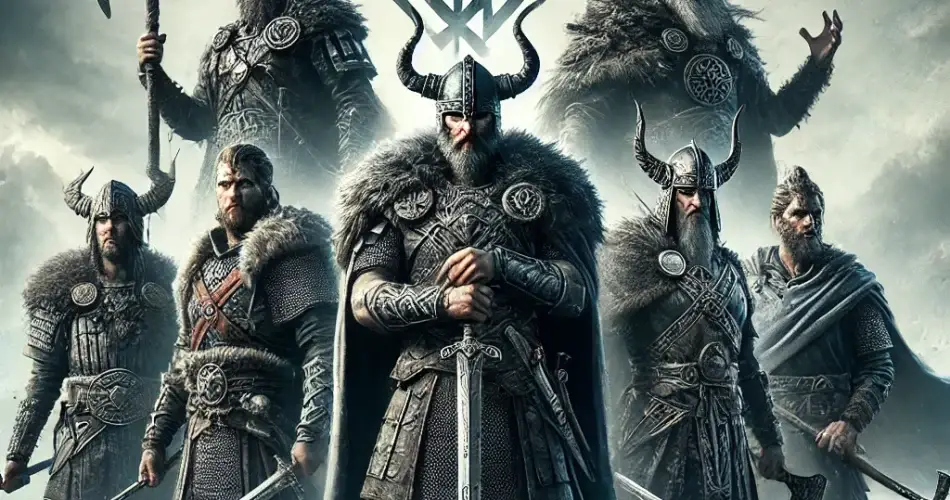The expansion of the Vikings into Europe was led by some of history’s most formidable kings and leaders. These Viking kings were fearsome warriors and shrewd statesmen who wielded power with a combination of military might and strategic brilliance.
In this post, we discuss some of the most powerful Viking kings in history.
7. Ivar Vidfamne
Ivar Vidfamne is one of the earliest and most legendary Viking kings. His name, which means “Ivar the Wide-Fathom,” reflects his vast reach and influence across Scandinavia and beyond.
Ivar’s influence extended across the Norse world, from Denmark to Sweden and even into parts of modern-day Russia. He is credited with laying the foundations for what would become the Scandinavian kingdoms, setting the stage for future Viking expansion.
Ivar Vidfamne is believed to be the great-great-great grandfather of the legendary Ivar the Boneless. He died during a campaign in Northeast Europe. There is no recorded burial place for the great king.
6. Harald Fairhair
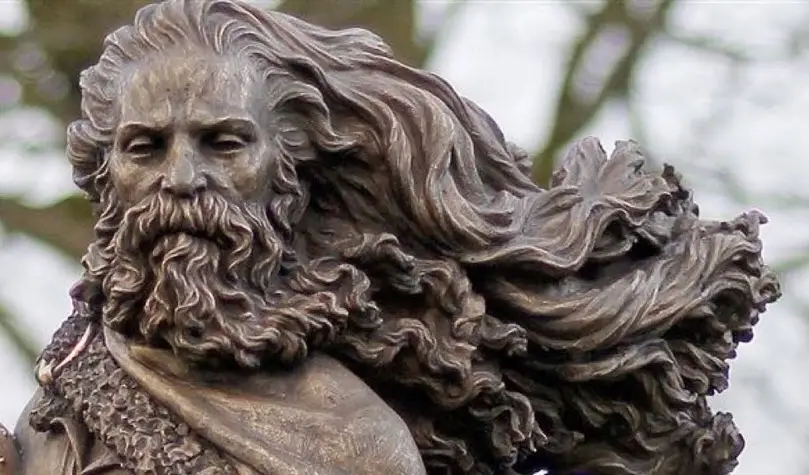
Harald Fairhair is recognized as the first king to unify Norway under a single rule, making him one of the most powerful kings in Viking history. Hareld was born around 850 CE, at a time when Norway was separated into several independent kingdoms ruled by local Jarls (Earls). After the death of his father, Halvdan the Black, Harald succeeded him as king of southeastern Norway and was immediately thrown into a violent tussle with rival chieftains. After several battles, he consolidated his position and began his expansion into the rest of Norway.
The most famous event associated with Harald’s unification of Norway is the Battle of Hafrsfjord, which was fought around 872 CE. This decisive naval battle saw Harald defeat a coalition of rival kings and chieftains from Rogaland and the Sognefjord area. Herald’s victory at this battle solidified his control over Norway. He proclaimed himself the first king of a united Norway, marking the beginning of the Norwegian monarchy.
Harald’s rule was characterized by a combination of military might and strategic marriages, which helped to secure alliances and consolidate his power. Not only did he establish the first unified Norwegian kingdom, but his descendants would go on to become powerful Viking kings who would play significant roles in the history of Norway, Iceland, and even the British Isles.
5. Rurik
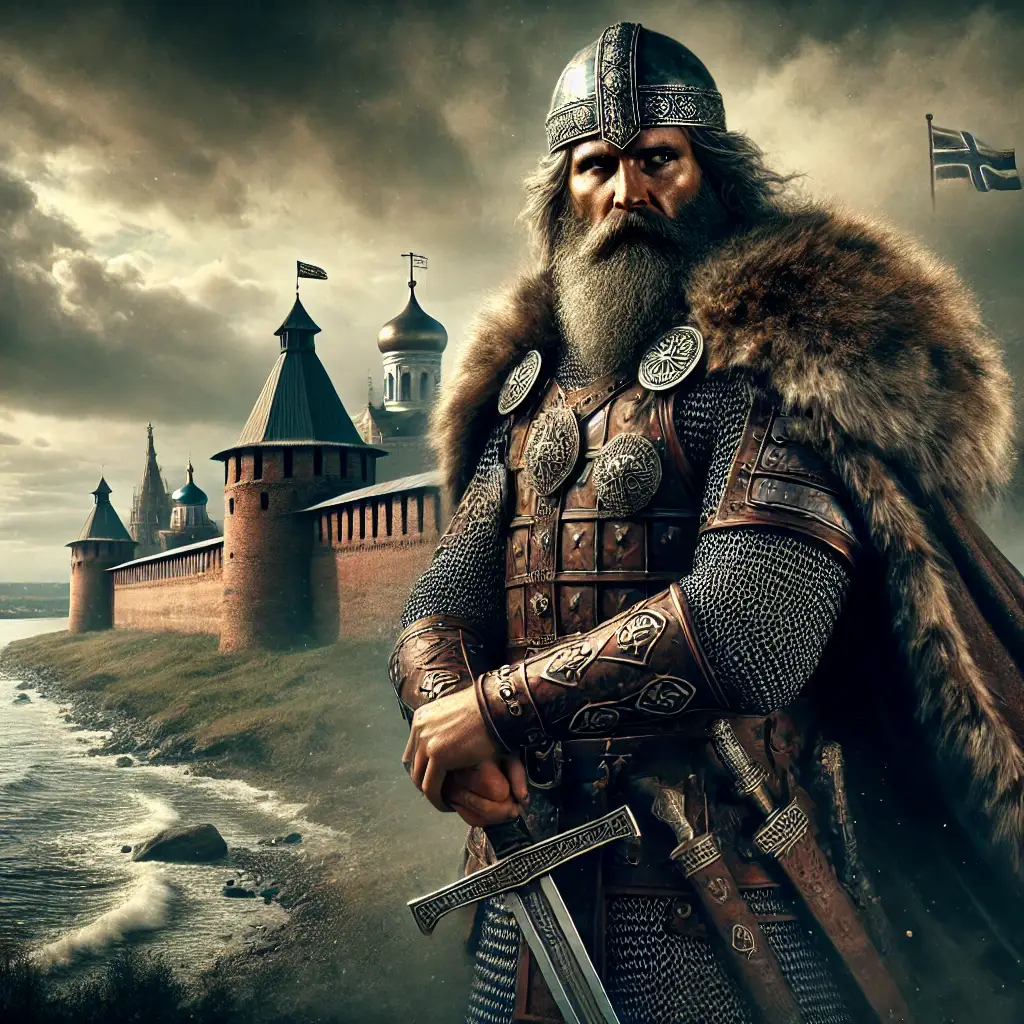
Rurik is a name that resonates not just in Viking history but also in the history of Eastern Europe. As the founder of the Rurik dynasty, which would rule over the Kyivan Rus, Rurik played a pivotal role in establishing the first significant political entity in Eastern Europe under Viking control. His legacy is so immense that the Rurikid dynasty continued to rule Russia until the 16th century.
Rurik’s origins are somewhat mysterious, with various sagas and chronicles offering different accounts of his life. However, it is widely accepted that he was a Varangian (a term used to describe Vikings in Eastern Europe) leader invited by the Slavic peoples of Novgorod to establish order and governance. Rurik accepted this invitation and established his rule in Novgorod around 862 CE.
Under Rurik’s leadership, the foundation was laid for what would become the Kyivan Rus, a powerful state that would dominate Eastern Europe for centuries. His rule marked the beginning of a new era in Eastern European history, blending Norse and Slavic cultures. Rurik’s descendants, including the legendary Vladimir the Great, would go on to further expand and solidify the power of the Kyivan Rus, leaving a lasting impact on the region.
4. Eirik Bloodaxe
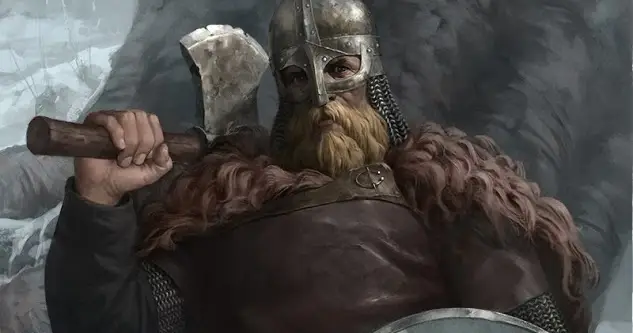
Eirik Bloodaxe, also known as “Brother Slayer, ” ruled as king of Norway and Northumbria. As one of the many sons of Harald Fairhair, Eirik grew up in a world of power struggles and fierce competition among his siblings. After a series of violent confrontations, Eirik emerged as a dominant force. According to records, he earned the nickname “Bloodaxe” after he killed five of his own brothers.
Eirik’s reign as king of Norway was marked by constant warfare and a desire to expand his influence. He eventually lost the Norwegian throne to another of his brothers, Haakon the Good, and turned his attention to the British Isles. In England, Eirik became king of Northumbria twice between 947 to 948 and between 952 and 954.
Although Eirik Bloodaxe’s reign was short-lived, his reputation as a brutal and ambitious leader left an indelible mark on Viking history. He met his death in 954 CE under circumstances that are somewhat unclear but generally attributed to betrayal. It is believed that he was ambushed and killed at Stainmore in northern England, likely due to a plot orchestrated by local nobles or rival claimants to power.
3. Olav Tryggvasson
Olav Tryggvasson is a Viking king known for his military prowess and efforts to Christianize Norway. Born around 963 CE, Olav’s early life was marked by hardship and adventure. After fleeing Norway following his father’s death, he spent years as a Viking raider, gaining a reputation as a brave warrior. Olav’s early exploits took him across Europe, from the British Isles to the coast of France. He also raided Friesland in Northwestern Netherlands and Skalands in Northern Germany.
Olav returned to Norway around 992. In 995 CE, he seized power and became king of Norway. He was baptized, and he used Christianity as a tool to expand his influence in the region. Olav used both persuasion and force to convert the Norwegian people, often resorting to forced conversion methods such as torture, hostage taking, mutilation, and destruction of pagan temples. Despite these harsh tactics, Olav’s effort at widespread conversion was not very successful.
Olav Tryggvasson died at the sea Battle of Svolder, where his fleet was ambushed by combined forces from Denmark, Sweden and the Jarls of Lade. His fleet was overwhelmed, and rather than putting himself at the mercy of his enemies, Olav committed suicide by throwing himself into the sea.
2. Sweyn Forkbeard
Sweyn Forkbeard is perhaps best known for his role in the conquest of England, a feat that would have far-reaching consequences for both Viking and English history. Born around 960 CE, Sweyn was the son of Harald Bluetooth, the king of Denmark. Sweyn’s early life was marked by rebellion against his father, which eventually led to his ascension to the throne of Denmark.
Sweyn’s most significant achievement came in 1013 CE when he successfully invaded England and took the English throne. This conquest was the culmination of years of Viking raids and campaigns against the Anglo-Saxon kingdoms. Sweyn’s rule in England was short-lived, as he died the following year, but his legacy lived on through his son, Canute the Great, who would go on to become one of the most powerful Viking kings in history.
Canute the Great
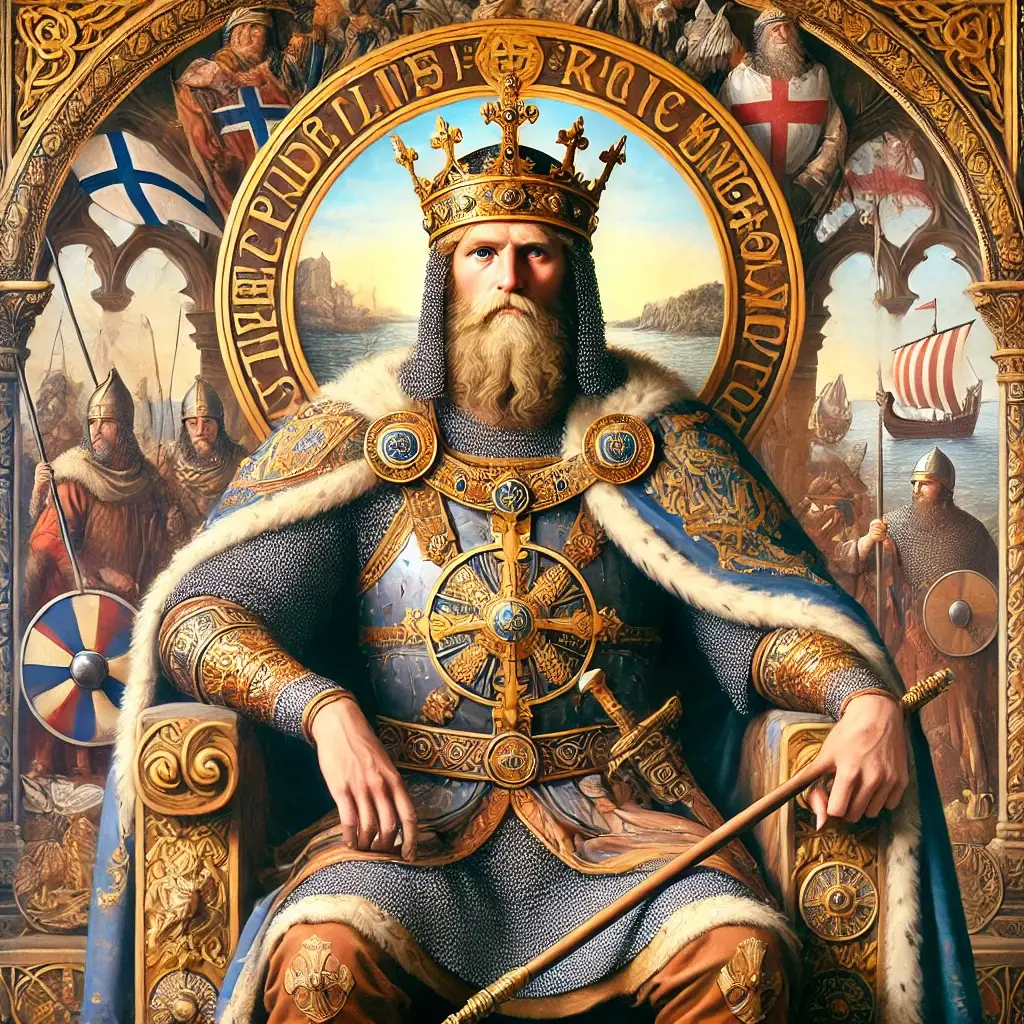
Canute the Great is often considered the most powerful Viking king in history. His empire spanned England, Denmark, Norway, and parts of Sweden.
Born around 995 CE, Canute was the son of Sweyn Forkbeard and inherited his father’s ambition and military prowess. After Sweyn’s death, Canute took up the mantle of leadership and embarked on a series of campaigns that would solidify his place in history.
Canute’s most significant achievement was his conquest of England in 1016 CE. After a protracted conflict with the Anglo-Saxon king Edmund Ironside, Canute emerged victorious and was crowned king of England. His reign marked the beginning of a period of relative peace and stability in England, as Canute skillfully balanced the interests of his Viking followers and his English subjects.
Canute the Great’s legacy is one of the most enduring in Viking history. His empire may have been short-lived, but his impact on the regions he ruled was profound. Canute’s reign marked the height of Viking power in Europe.
Is there anybody you think should be on this list?
Let us know in the comments.
